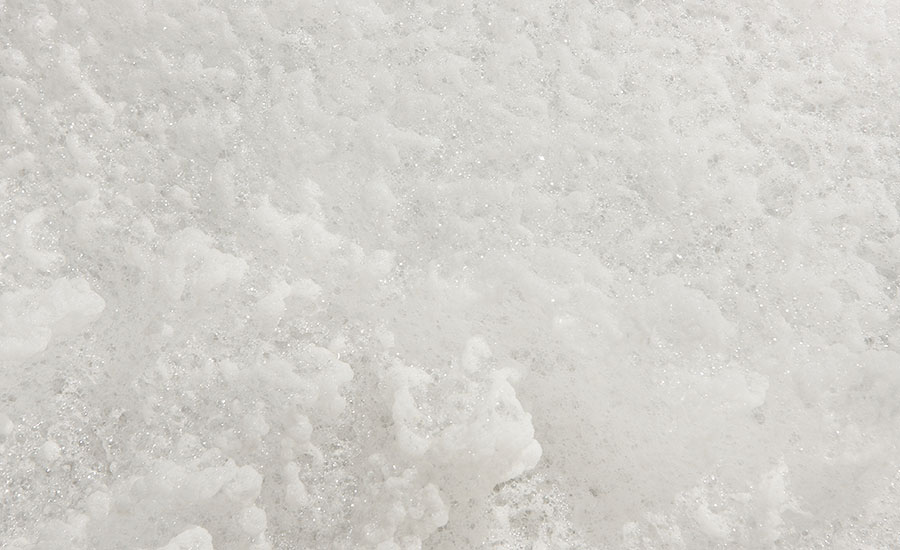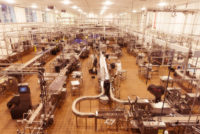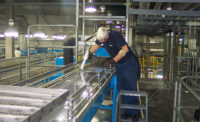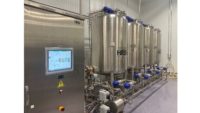The never-ending quest for greater operating efficiencies by meat and poultry plant operators is making the sector ripe for clean-in-place (CIP) systems.
Seeking ways to more quickly and cost-effectively sanitize plants, more protein processors are leveraging the technology, which enables users to clean the interior surfaces of plant equipment, including pipes and processing components, without disassembly.
A growing number of operators are including CIP systems in new plant construction. Clean-in-place typically has been an afterthought, with the technology generally added to facilities over time, says Tim Bowser, professor of food process engineering at Oklahoma State University, in Stillwater.
The process, which has its roots in the dairy sector, often involves the circulation of chemical solutions and water through a circuit of pipes and tanks. The liquids then return to a central reservoir for possible reuse. Bowser says CIP suits the meat and poultry industries because of the need to remove such elements as salt and fats from equipment.
Consolidations within the sector, he notes, are forcing processing plants to handle greater volumes and demand swifter cleaning of equipment with minimal machine downtime.
“More protein plants are using high-pressure fluids from CIP systems to clean grinders and remove items that are stuck in crevices,” he says. “They also are leveraging additives that help dissolve the materials in equipment and are more effective than basic caustics, such as soap.”
The CIP process usually consists of several cleaning cycles. It can include a rinse with water to remove loose food soils; a chemical cleaning; a rinse to remove chemicals and food residues; an acid rinse to neutralize alkaline residues and remove mineral soil; and a sanitizing rinse.
Following a CIP cycle, plant operators typically analyze the equipment to ensure all detergents or sanitizers are gone and there are no residual allergens.
Focus on safety and speed
The automated systems also enhance worker safety by taking chemicals out of the hands of operators, while providing a more exhaustive cleaning without the inconsistencies inherent to manual labor, Bowser says.
Costs for a basic clean-in-place design can start at $200,000, but there is usually a rapid payback from savings on energy and labor and the reduction in machine downtime for cleaning, he notes, adding that a cleaning cycle can last less than 90 minutes.
“Clean-in-place systems are attractive because the more difficult it is to clean equipment, and the more disassembly is necessary, the greater the chance the job will be done incorrectly,” says Richard Stier, a Sonoma, Calif.-based consulting food scientist. “The wise processor will set up a CIP system that is simple and easy to maintain. It may cost more up front, but the potential long-term cleaning and sanitizing benefits are significant.”
He notes, however, that CIP systems in meat and poultry plants are typically less enclosed than those in liquid food facilities because of the need to clean more exterior surfaces. Functions could include spraying cleaning foam onto belts or in ovens, or using sprays to remove brine from equipment following meat injections.
The use of CIP technology in protein plants, however, will likely increase as more operators look to streamline the cleaning process and protect employees, Bowser says. He notes, however, that while many cleaning processes can be automated, the technology is not cost effective or practical in all situations.
“There are limiting factors where it might make sense to clean some plant components by hand in order to remove all elements, such as the bone chippers or rotors on grinders,” he says. “But CIP is a growing phenomenon in the meat and poultry industry and there is much room for expansion as the majority of operators are not yet using the systems.” NP





Report Abusive Comment